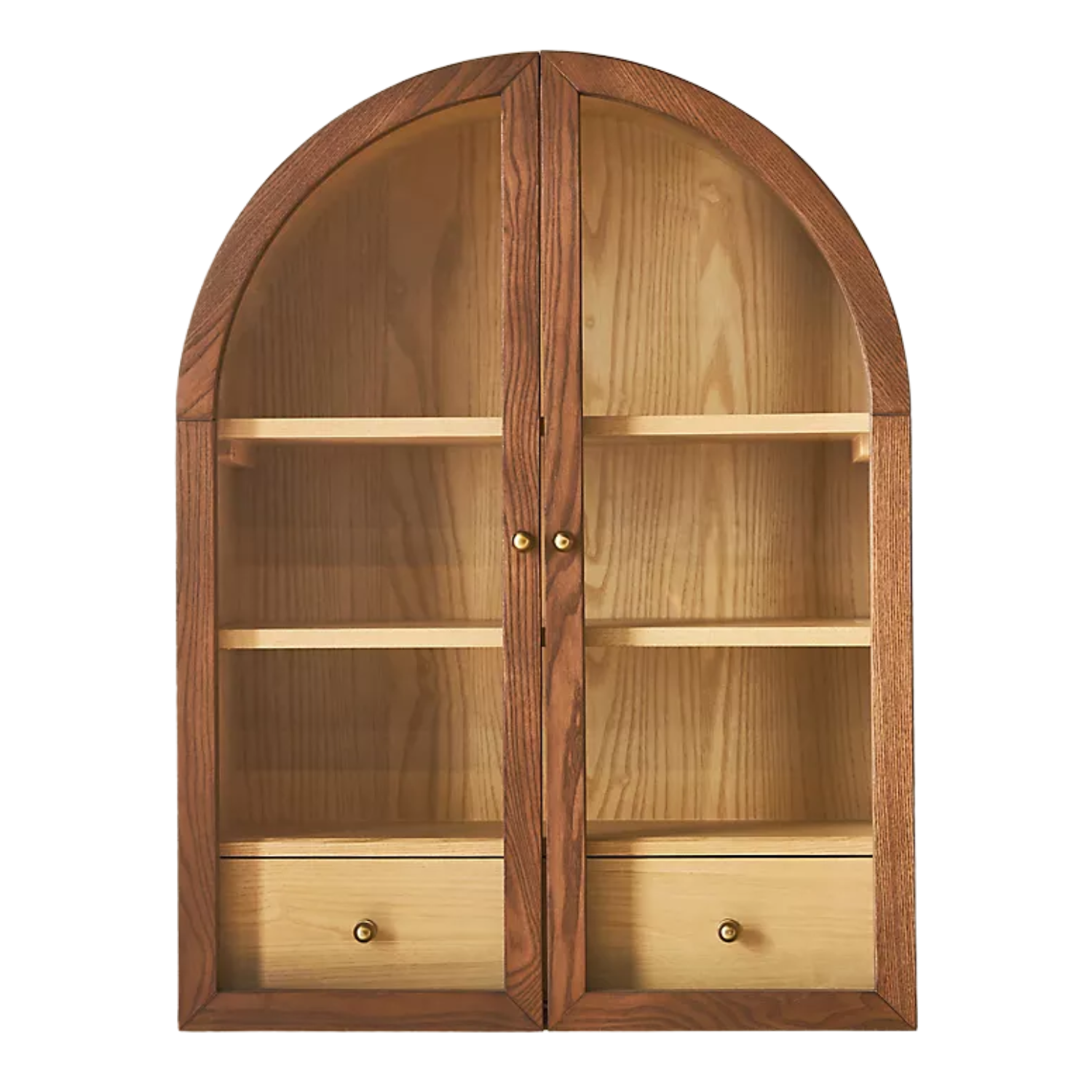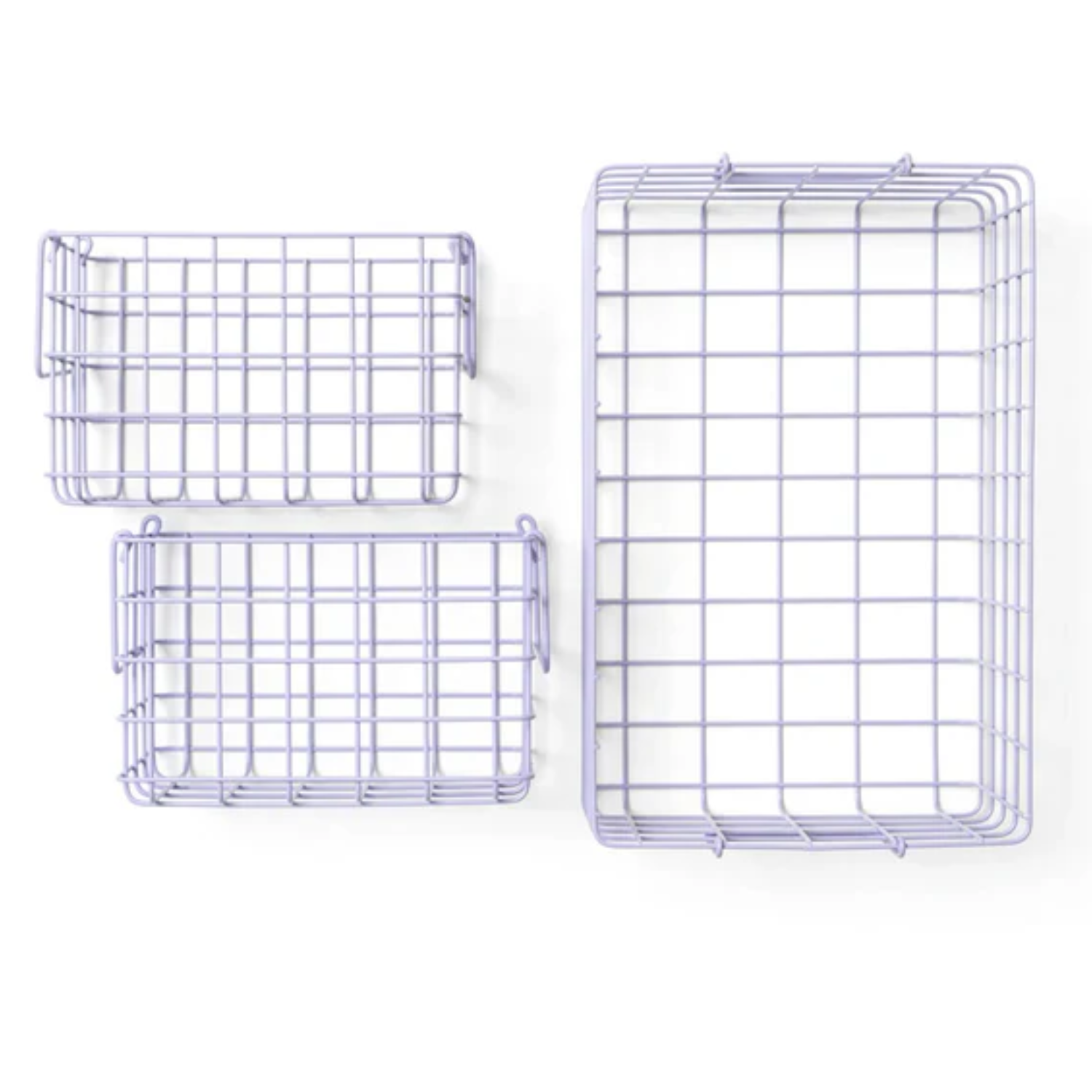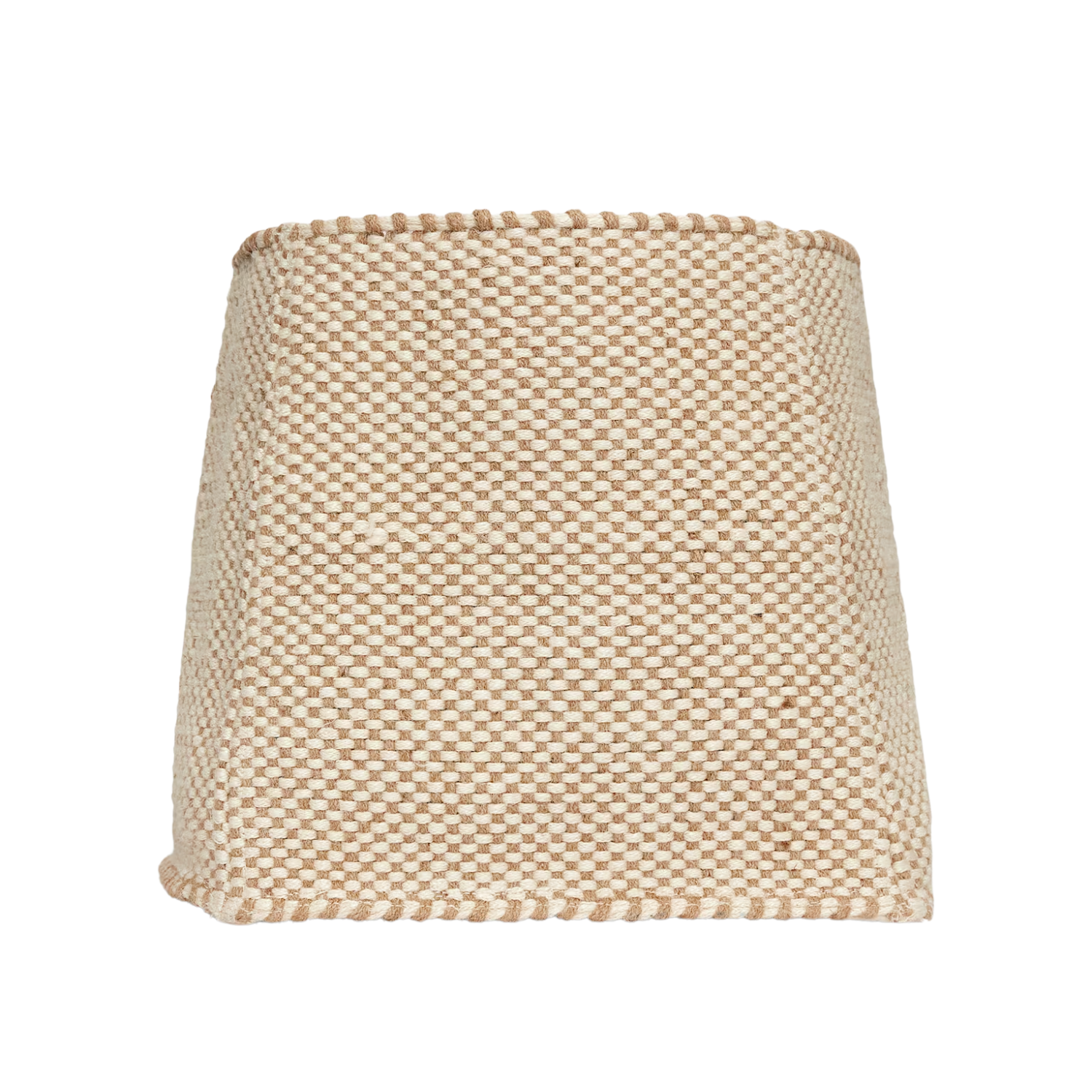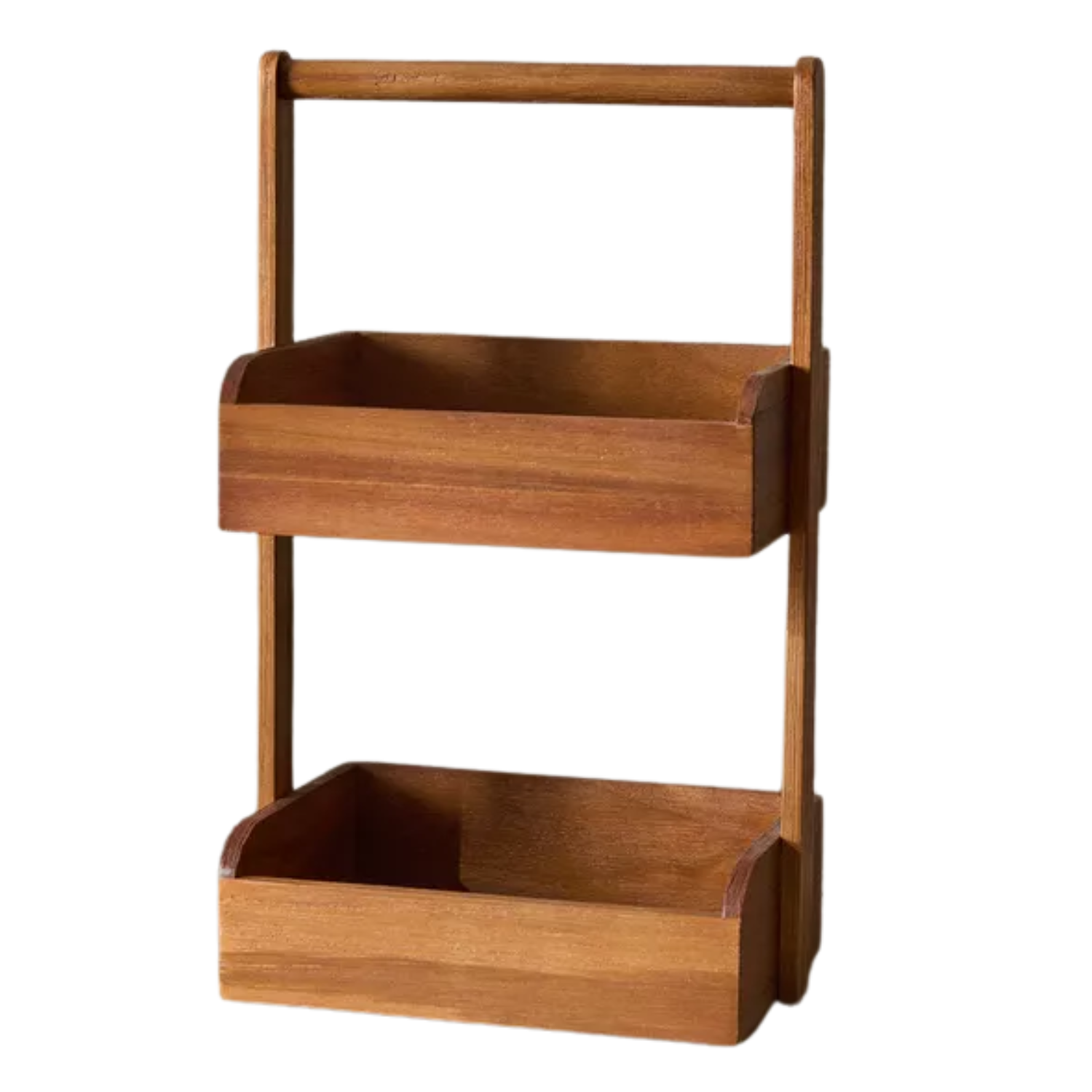Every Small Home Needs an Organized 'Everything Closet' — Here’s Why
A catch-all closet for the random items in your home, even this versatile storage space hosts a set of rules to be governed by


An integral part of living in a home that's totally organized, from entryway to balcony, is hosting a dedicated space for each and every belonging in your abode. And in an ideal world, every knick-knack would have a spot all of its own.
However, considering most homes are tight on space to begin with, this is admittedly a tough ask. So while it's nearly impossible to have a separate storage zone for all the categories of items we own, I found the next best thing in the form of an 'everything closet'. But, warning, don't be fooled by the 'everything' part; for closet organization is a must, even in this catch-all space.
Now, let's discuss everything about this new small home must-have, from what to store to how to keep it tidy.
What Is an 'Everything Closet'?

A concept that allows a space for every item left out of conventional storage zones.
"The concept of an everything closet feels like a modern evolution of the household utility room, centralizing overflow into one well-designed hub," says Melanie Summers, founder of I Speak Organized. "I see this trend as an opportunity to support executive function and reduce decision fatigue, especially in busy, ADHD individuals."
Melanie suggests thinking of it as the 'command center' of the home. "It’s typically located near the entryway, garage, or hallway and stores a curated mix of household essentials that don’t belong in the kitchen, bathroom, or bedroom," she notes. "Things you need often but don’t want scattered around."
And while it might feel like a free-spirited entryway storage idea, there are a couple of details worth hammering out, starting with the items it should house.
Melanie is a professional organizer, decluttering expert, and ADHD organizing specialist living with her husband and two daughters in Vancouver, WA. Through her company, she likes to speak organized to give you the tools to conquer your clutter, live with more purpose, and learn about the business of tidying.
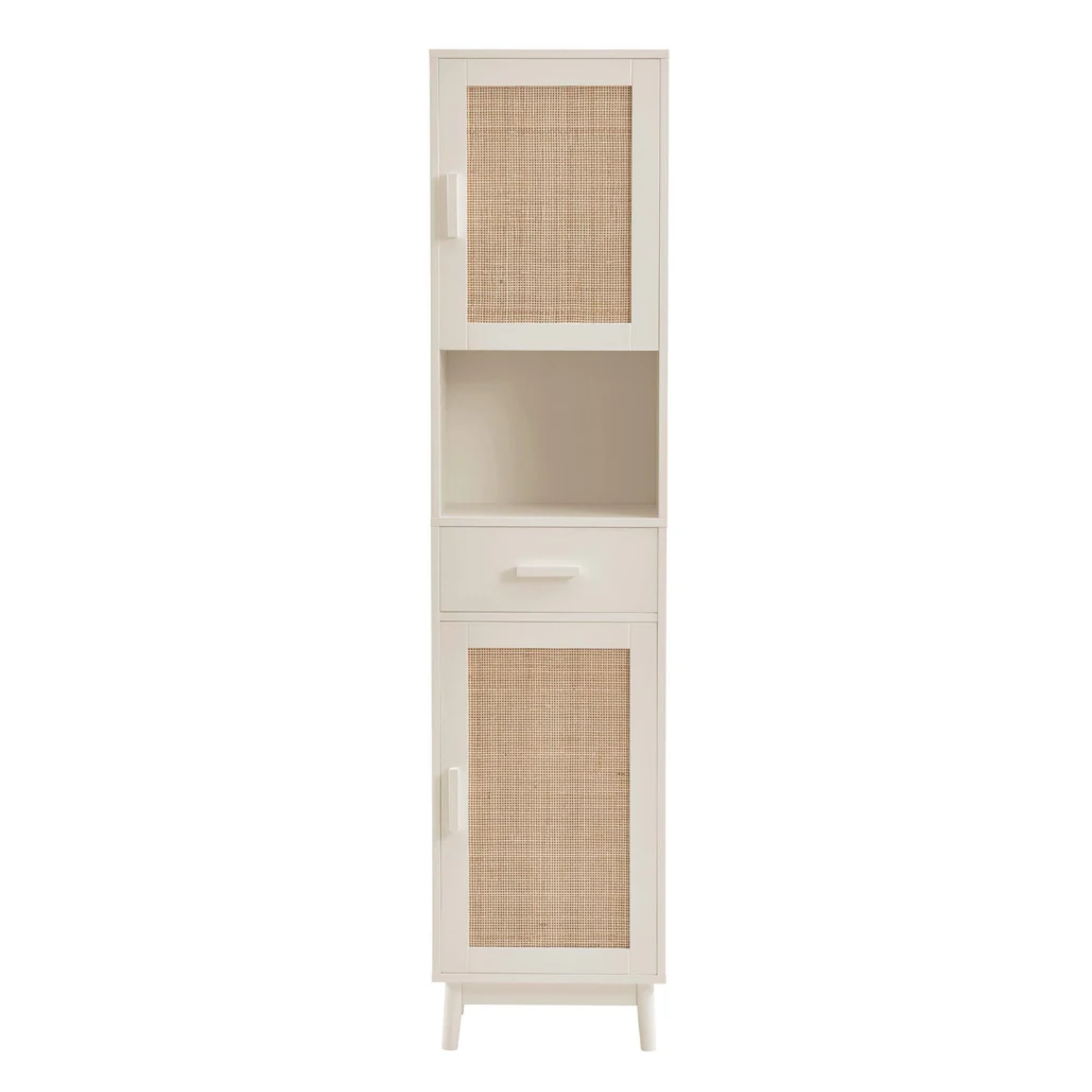
Color: Cream
DUSK's Isla Tall Storage Unit is the perfect mini 'everything closet' for easy home organization. Plus, its beautiful muted palette will blend in with most minimalist interior themes.

Color: Berry
A pop of dopamine decor and an everything closet in one pretty package, Mustard Made's storage cabinet fashions a lush berry color and fluted glass that's hard to say no to.
What Should You Store in an Everything Closet?
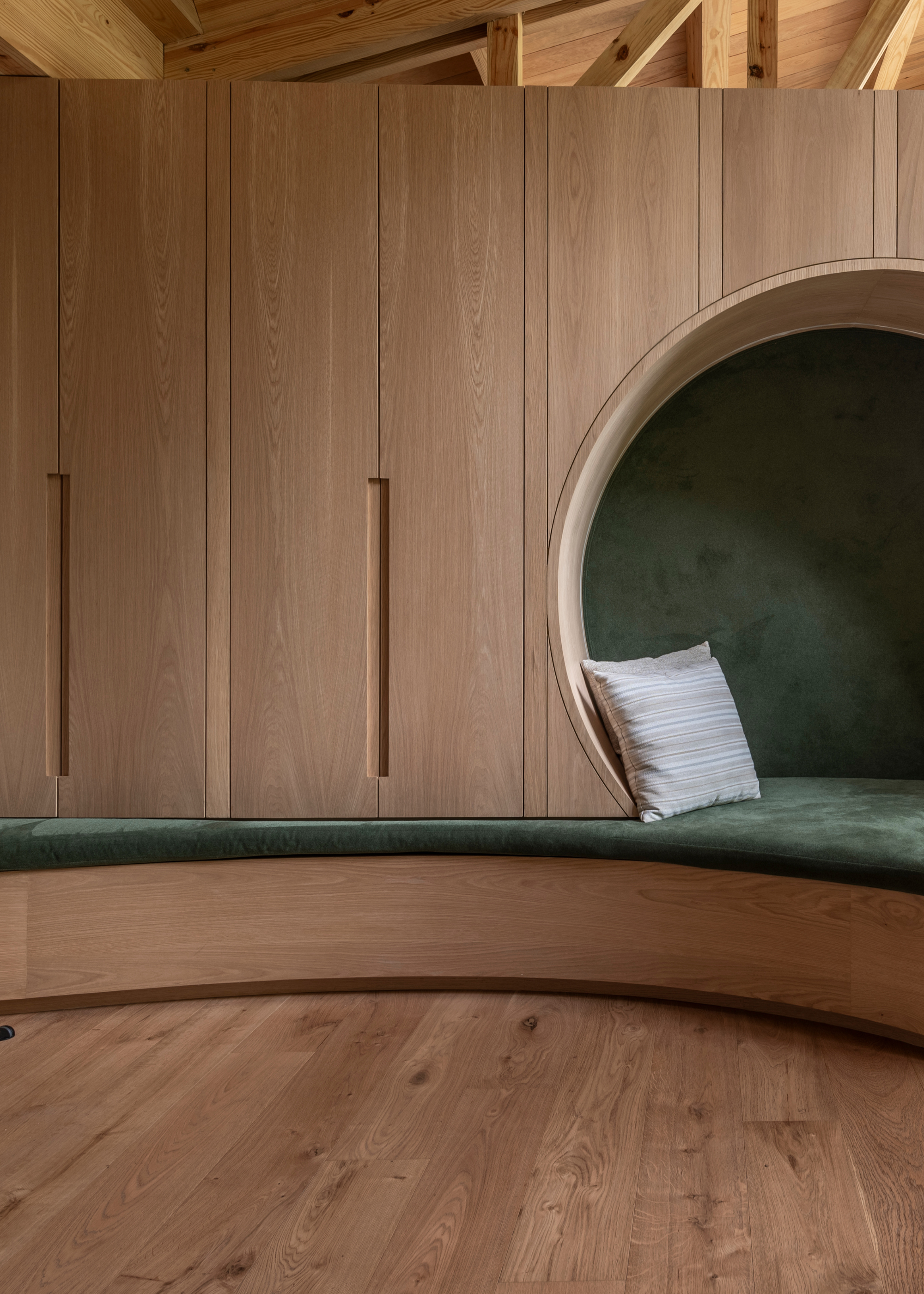
This is where miscellaneous items come to live.
When it comes to introducing an everything closet to your home, Melanie recommends keeping categories broad but intentional.
The Livingetc newsletters are your inside source for what’s shaping interiors now - and what’s next. Discover trend forecasts, smart style ideas, and curated shopping inspiration that brings design to life. Subscribe today and stay ahead of the curve.
"A few common zones I help clients set up include a space for utility supplies, like lightbulbs, batteries, flashlights, small toolkits, and extension cords," she says. "And a health and wellness space for a first-aid kit, thermometer, medications, and heating pads."
She also suggests leaving room for pet buys like leashes, bags, and backup food. As well as room for paper goods like napkins, paper towels, tissues, and toilet paper.
"You can also include a spot for gifting with wrapping paper, greeting cards, candles, and hostess gifts," she adds. "And host cleaning overflow like sponges, refills, and disinfectant sprays."
And if your everything closet has a shelf of extra room to spare, she recommends storing extra chargers, folders, printer ink, and sticky notes here to save your small home office from clutter.
Tips to Keep it in Order
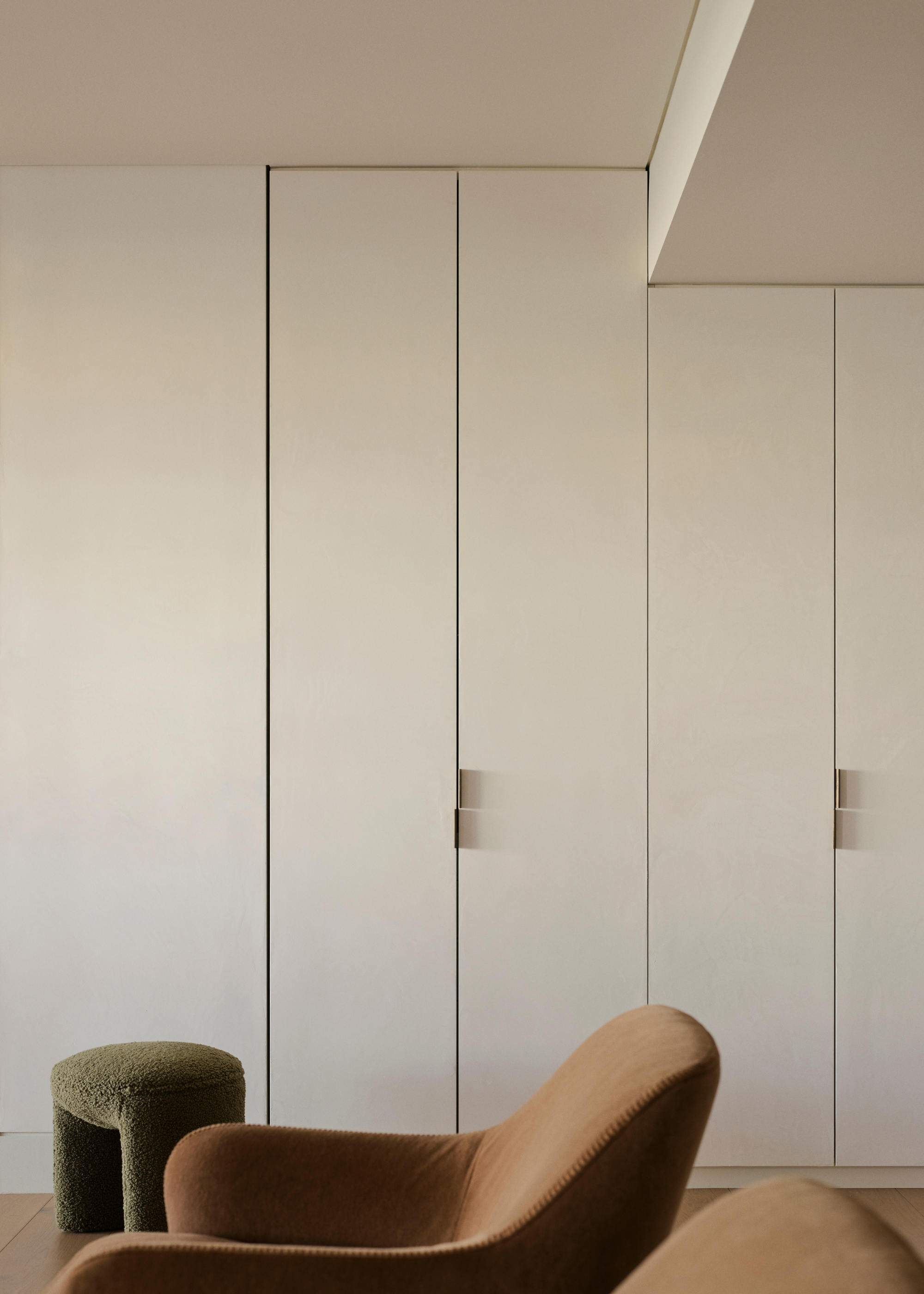
There's room for everything but clutter.
Considering the versatility of an everything closet, it's easy to let this space get out of control and lose its purpose to under-the-radar clutter. To keep this from happening, Melanie recommends labeling each zone.
"Use big, bold, visual labels. Or consider icons instead for kids and neurodivergent adults," she says. For which, this Portable Inkless Label Maker from Amazon is perfect.
"Use containers that are grab-and-go in the form of clear bins or open baskets to help avoid the out-of-sight, out-of-mind problem," she says. "And add a 'dump bin' with one large basket on a low shelf for items you’re not sure where to put yet. It prevents mess creep while buying you time to reset."
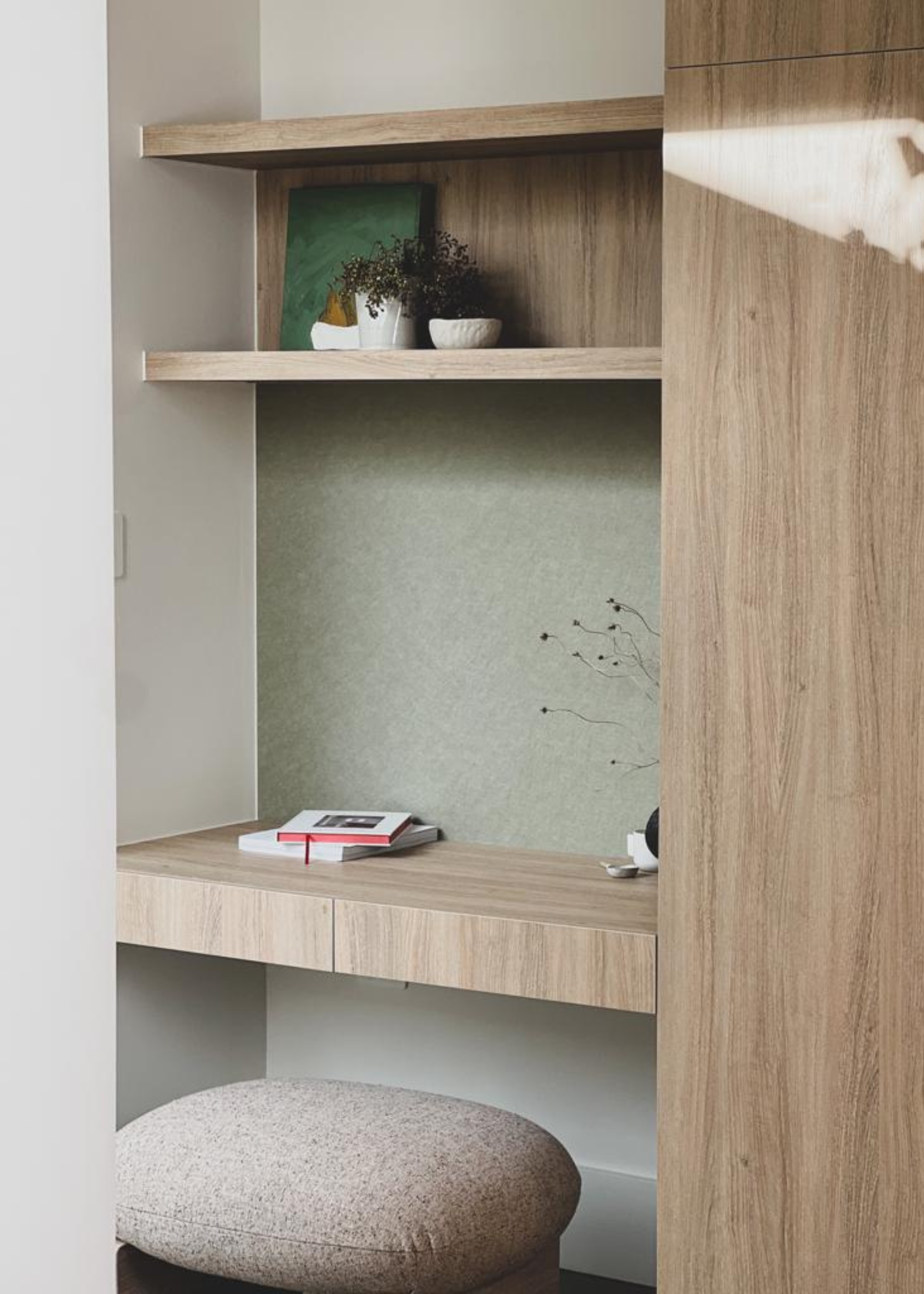
Regular audits are key to keep everything closets from drowning in clutter.
She recommends keeping visibility high by avoiding deep shelves and using tiered risers or drawer-style pull-out bins, like these Stackable Organizers from Amazon, so you’re never left guessing what’s back there. And don't forget to make the most of high closet shelves while you're at it.
"Plus, you can pop a checklist inside the door," she suggests. "A laminated 'restock checklist' or visual inventory can help neurodivergent brains stay on top of what’s running low."
And of course, you can't forget a routine reset. "I recommend setting a monthly reminder to audit and tidy," she says. "For ADHD clients, I tie this to something fun like a closet coffee date. Just 15 minutes with music and a fun caffeinated drink (or alternative beverage of choice to motivate you as you declutter."
Before I take your leave, if there's one more mod storage concept worth lending your attention to, it's the hosting closet. If your home happens to be the usual spot for spring soirées and summer hangouts, this will make any plans for entertaining a breeze.

Amiya is a Home Wellness Writer at Livingetc. She recently graduated with a Masters Degree in Magazine Journalism from City, University of London, and has lent her words to beauty, fashion, and health sections of lifestyle publications including Harper’s Bazaar and Women’s Health. Her experience as a research analyst has equipped her with an eye for emerging trends. When she’s off the clock, she can be found reading, listening to music, or overanalyzing her latest Co-Star update.
